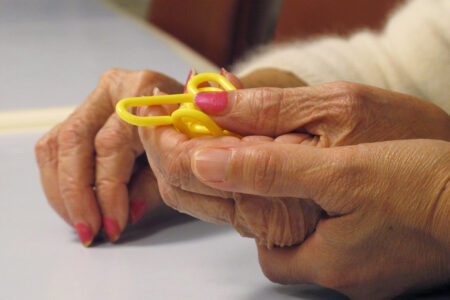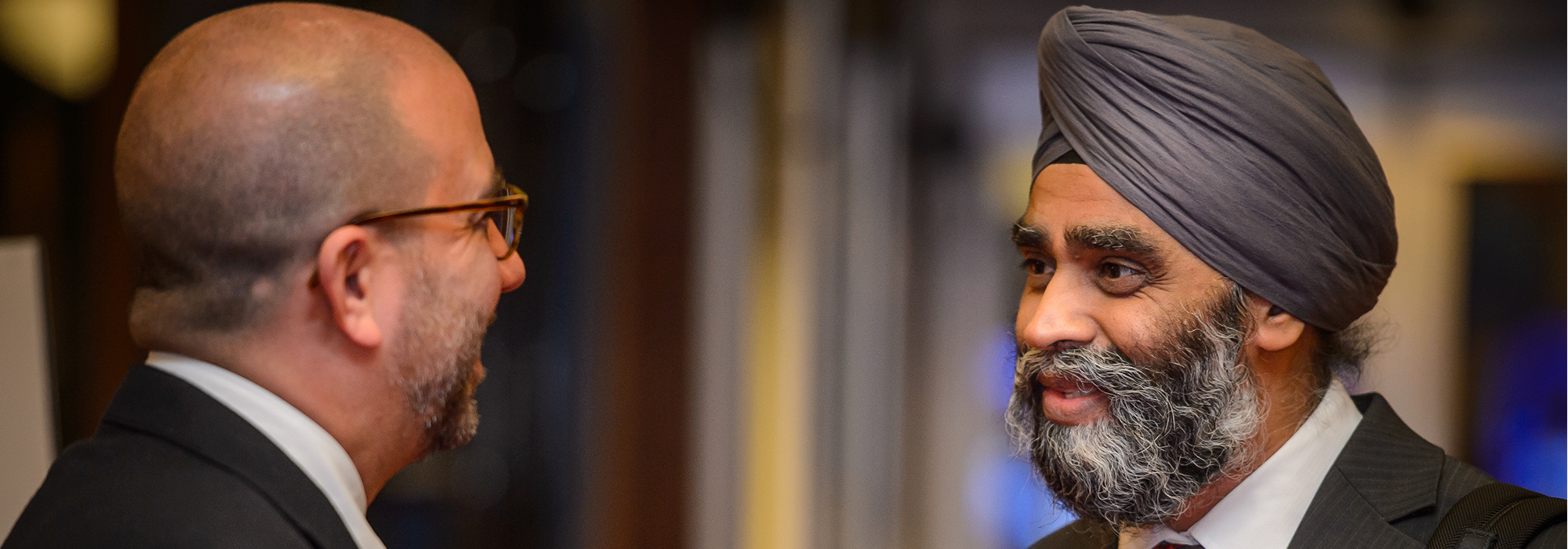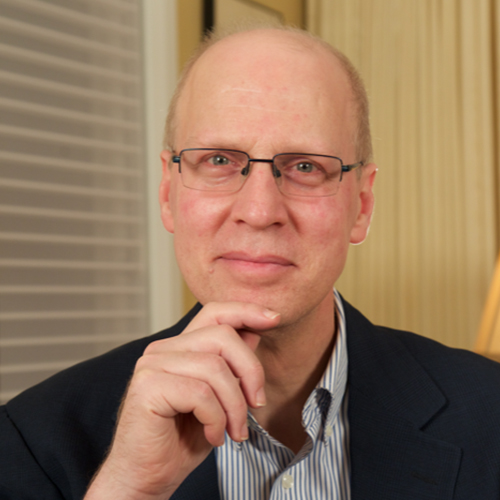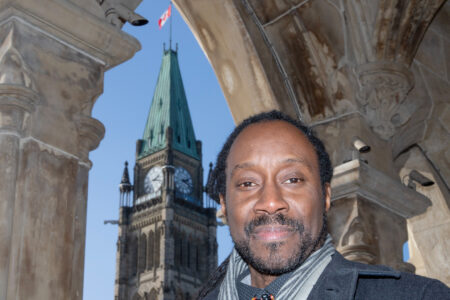
With the appointment of parliamentary secretaries and opposition critics, we now have a more comprehensive picture of gender and visible minority diversity in Parliament’s leadership positions. How well has the Liberal government implemented its overall diversity and inclusion commitments, and how have the other parties responded to the “because it’s 2015” challenge?
Although Prime Minister Justin Trudeau appointed a Cabinet with gender parity (15 each of men and women) and almost 17 per cent visible minority ministers (four Sikh and one Afghan Canadian), gender parity was not attained for parliamentary secretaries (12 positions out of 35 or 34 per cent). Visible minority parliamentary secretaries are over-represented (nine positions or 24 per cent) in relation to their share of the voting population (15 per cent).

Moreover, the government addressed some of the criticism regarding Cabinet over-representation of Sikhs by appointing three African Canadians, one Chinese, one Arab, one Latin American and three South Asians (two Sikhs, one Ismaili Muslim). Three of the nine visible minority parliamentary secretaries are women, including Celina Caesar-Chavannes, a parliamentary secretary to the Prime Minister.
In total, of the 68 leadership positions (ministers, parliamentary secretaries, whips, and House leaders), 59 per cent are men, and 21 per cent are visible minority men or women. The detailed breakdown is shown in the chart below:

In terms of percentage of caucus, there are 27 women in leadership positions out of 50 elected, or 54 per cent. For visible minorities, there are 14 out of 39 elected, or 36 per cent. In contrast, 30 non-visible minority men are in leadership positions out of 134 elected, or 20 per cent.
No matter how one looks at the data, this marks a major shift in government parliamentary leadership appointments, towards more women and visible minorities.
The Conservative official opposition compensated for their relatively low number of women MPs (17 per cent of caucus), making 35 per cent of critics women (the Harper government’s last Cabinet similarly appointed more women to Cabinet—31 per cent—compared to the 17 per cent in caucus).
However, with a small number of visible minority MPs (six or six per cent of caucus), critic visible minority representation is only slightly compensated at nine per cent, although visible minority MPs form 13 per cent of the smaller number of deputy critics. But in relation to caucus membership, 50 per cent of visible minority Conservative MPs are critics, reflecting again the same drive to present a more inclusive face to Canadians.
The NDP opposition has the largest proportionate female caucus representation: 41 per cent. It is no surprise that women MPs form 45 per cent of critics. With only two visible minority MPs to choose from, only one (three per cent) is a critic (but again, this is 50 per cent of those elected).
So what does all this mean in terms of diversity and inclusion?
The Liberal government, given the large number of women (50) and visible minority (39) MPs elected had little difficulty in meeting its stated goals of Cabinet gender parity (but slipped in other leadership positions). It also was able to significantly exceed visible minority representation in relation to the number of visible minority voters.
This ‘over-representation’ reflects a conscious decision to demonstrate diversity and inclusion, one that started with having the highest percentage of visible minority candidates (17 per cent) compared to the other major parties (13 per cent).
For both opposition parties, the weakness in visible minority representation reflects the small number of visible minority MPs elected. With respect to women, the Conservatives responded to the ‘because its 2015’ challenge, compensating for their small number of women MPs, and applying the same approach to visible minorities. The NDP made the most effort in recruiting female candidates, many of whom were successful, and thus close to gender parity was not a challenge.
All in all, taken together, the Liberal leadership positions reflect a significant implementation of the diversity, inclusion and multiculturalism agenda, one that, given the horizontal ministerial comment for parity and diversity in all government appointments, holds significant promise in ensuring greater representation in government.
Moreover, to the extent that the opposition parties could, their choices recognize the need to respond to this agenda and ensure that their leadership reflects Canadian diversity.
Source: Implementing diversity and inclusion in Parliament: A more complete picture | hilltimes.com
Photo: 2015 Halifax International Security Forum / Some rights reserved









